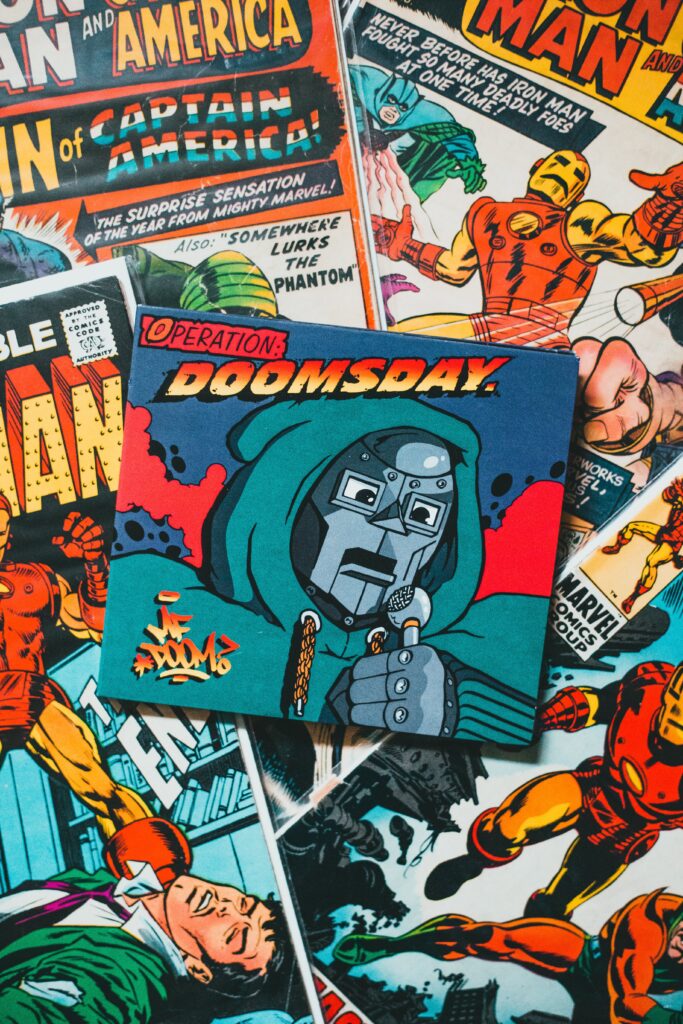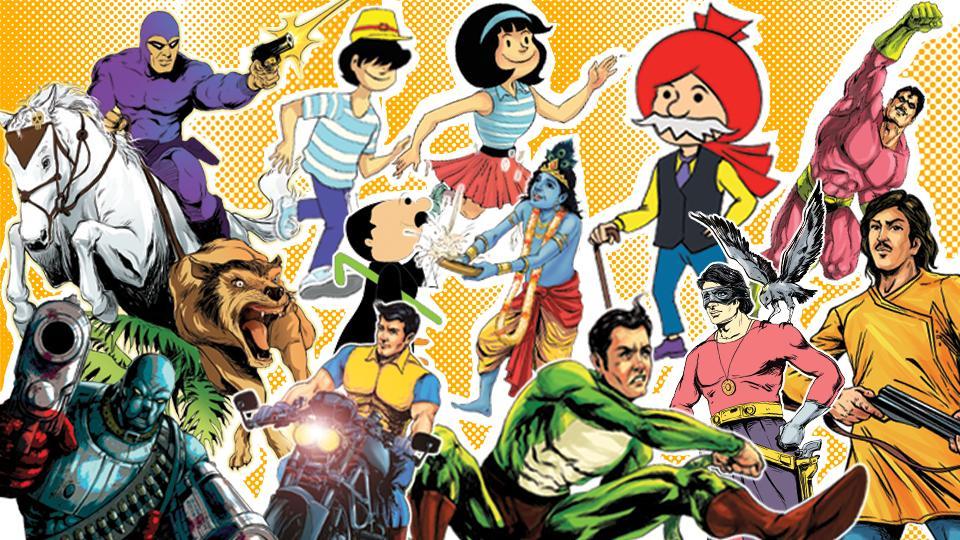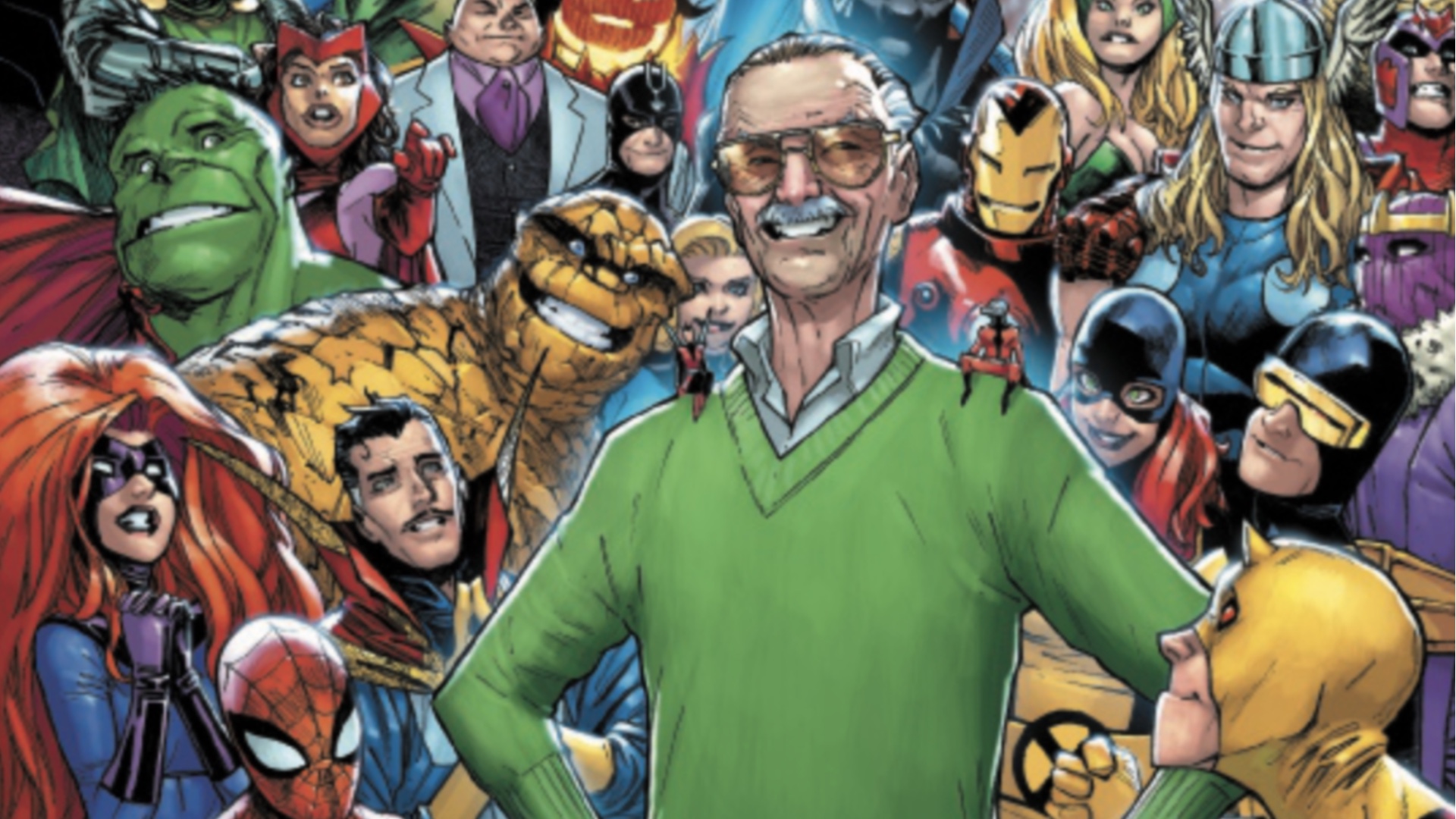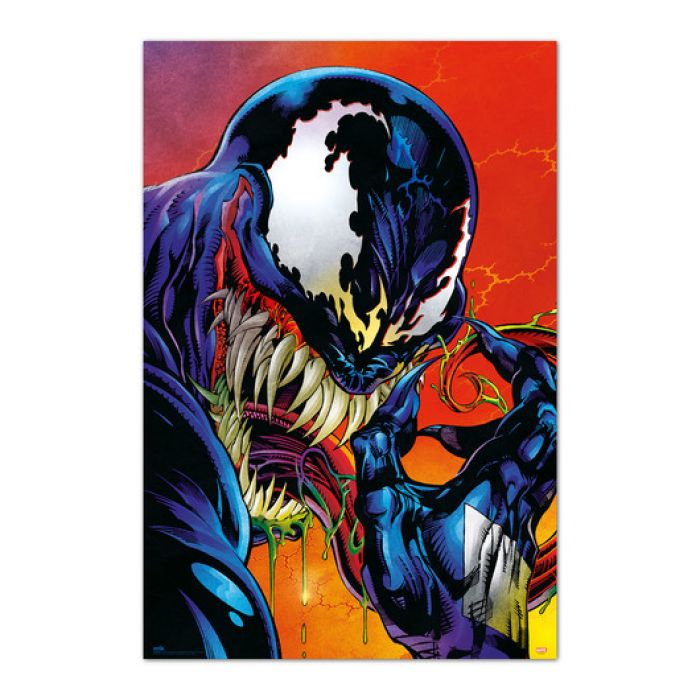Comics Unleashed: Exploring the Art, History, and Impact of Graphic Storytelling
The journey of comic strips in newspapers has been transformative. Initially, these strips served as light-hearted entertainment, often relegated to humor and puzzles, drawing readers into the pages of the magazine. Over time, they evolved, becoming a platform for social commentary. The shift was gradual but profound, marking a new era in the age of comics. These strips, once considered mere distractions, now mirrored societal changes and viewpoints, covering everything from politics to social justice issues. In London, during December, and in other major cities, comic strips in newspapers began addressing complex themes. They moved beyond simple jokes, incorporating drama and real-world issues, reflecting the growing maturity of the medium. This change coincided with the rise of black comics, which offered a new perspective and voice in the comic landscape, challenging the status quo with powerful stories and characters.

Graphic Novels: A New Era of Storytelling
Graphic novels heralded a significant shift in the world of comics. No longer confined to short, episodic narratives, these novels presented intricate, multi-layered stories, often exploring darker and more complex themes. This format attracted a new wave of readers, offering them a fresh experience that was different from traditional book conventions. The rise of graphic novels was not just a shift in format but also a cultural movement, influencing both the art form and its audience.These novels brought forth original content that resonated with audiences, both young and old. They blended the art of drawing with compelling storytelling, creating an immersive experience. The inclusion of black comic book characters in these narratives marked a crucial step towards diversity in graphic storytelling, showcasing the talents of black comic artists and black indie artists.
An EssayPro, with its commitment to academic excellence and a meticulous approach to writing, becomes not just a culmination of academic learning but a showcase of expertise and finesse in presenting complex ideas in a clear and compelling manner.

The Artistry Behind Comic Illustrations: Techniques and Styles
The artistry in comic illustrations is a blend of meticulous technique and creative expression, often inspiring students to request experts to do my essay on this subject. Artists and cartoonists use various styles, from detailed realism to abstract expressions, to bring stories to life. The use of colour, shading, and perspective plays a crucial role in conveying the tone and mood of the story. These illustrations are not just drawings but are integral to the storytelling, adding depth and dimension to the narrative.
The work of black comic artists has added rich diversity to this field, showcasing a range of styles and perspectives that have broadened the artistic horizons of comics. Their contributions have been pivotal in shaping the visual language of modern comics, influencing both the medium and its audience. For a more in-depth exploration of this topic, readers are encouraged to write my personal statement to domyessay.com where extensive research and essays on these influential artists are available.

Comic Conventions and Fandom: A Global Phenomenon
Comic book conventions, such as the famous Comic Convention Chicago and Motor City Conventions, have become global phenomena, drawing hundreds of thousands of fans from around the world. These conventions are a celebration of comics and their culture, bringing together artists, writers, and fans in a vibrant, dynamic environment. Much like a top essay writing service brings together expert writers to create high-quality content, these conventions unite diverse talents to celebrate creativity, storytelling, and the impact of comics on popular culture. They provide a platform for fans to engage with their favorite creators, discover new works, and celebrate their fandom.
The influence of these conventions extends beyond the comic community. They have become cultural events, showcasing the latest trends in comics, film, and related media. The inclusion of black indie artists and black comic book characters at these conventions highlights the growing diversity within the comic community, offering new perspectives and stories.
Iconic Comic Book Heroes and Their Cultural Influence
Comic book heroes, from their inception, have been more than just characters on a page, they’ve been cultural icons. Characters like Superman and Batman became household names, transcending the comic book pages to influence film, television, and even fashion. The cultural impact of these characters is immeasurable. They’ve become symbols of hope, justice, and resilience, inspiring generations.
In the recent years, the emergence of black comic characters has further enriched this landscape. These characters, representing diverse backgrounds and experiences, have brought new dimensions to the world of comics, resonating with a wider audience and fostering a more inclusive environment.
One significant milestone in this journey of diversity and representation is the advent of the Black Age of Comics. This movement, which originated in the 20th century in the historic Bronzeville district of Chicago, specifically at the South Side Community Art Center (SSCAC), has had a profound impact on the industry. The Black Age of Comics is an innovative and ever-growing genre that celebrates the contributions, concepts, styles, and products in the comic book and graphic novel industry that are derived from Black, Urban, African, Alternative, or Indie experiences.
Censorship and Controversy in Comic History
The history of comics has not been without its challenges. Censorship and controversy have often shadowed this medium, with various groups calling for the regulation of content deemed inappropriate or offensive. The issues ranged from concerns over violence and adult themes to the representation of race and gender. Despite these challenges, comics have continued to push boundaries and explore complex themes, reflecting the changing societal norms and values.
The role of black comics in challenging censorship and advocating for freedom of expression has been significant. They have often been at the forefront of these debates, using their platforms to address important social issues and advocate for artistic freedom.

The Future of Comics: Trends and Innovations in the Digital Age
As we look to the future, the landscape of comics continues to evolve. The digital age has brought new opportunities and challenges, transforming how comics are created, distributed, and consumed. Digital platforms offer unprecedented access to a vast array of comics, from mainstream titles to independent creations. This shift has democratized the field, allowing more artists, including black comic artists and black indie artists, to share their work with a global audience. The continued integration of comics with other media, such as film and games, points to a future where comics are not just a standalone medium but part of a larger multimedia storytelling experience. Innovations in technology, such as augmented reality and interactive storytelling, are set to further expand the possibilities of what comics can be, ushering in a new and exciting chapter in the history of this dynamic art form.